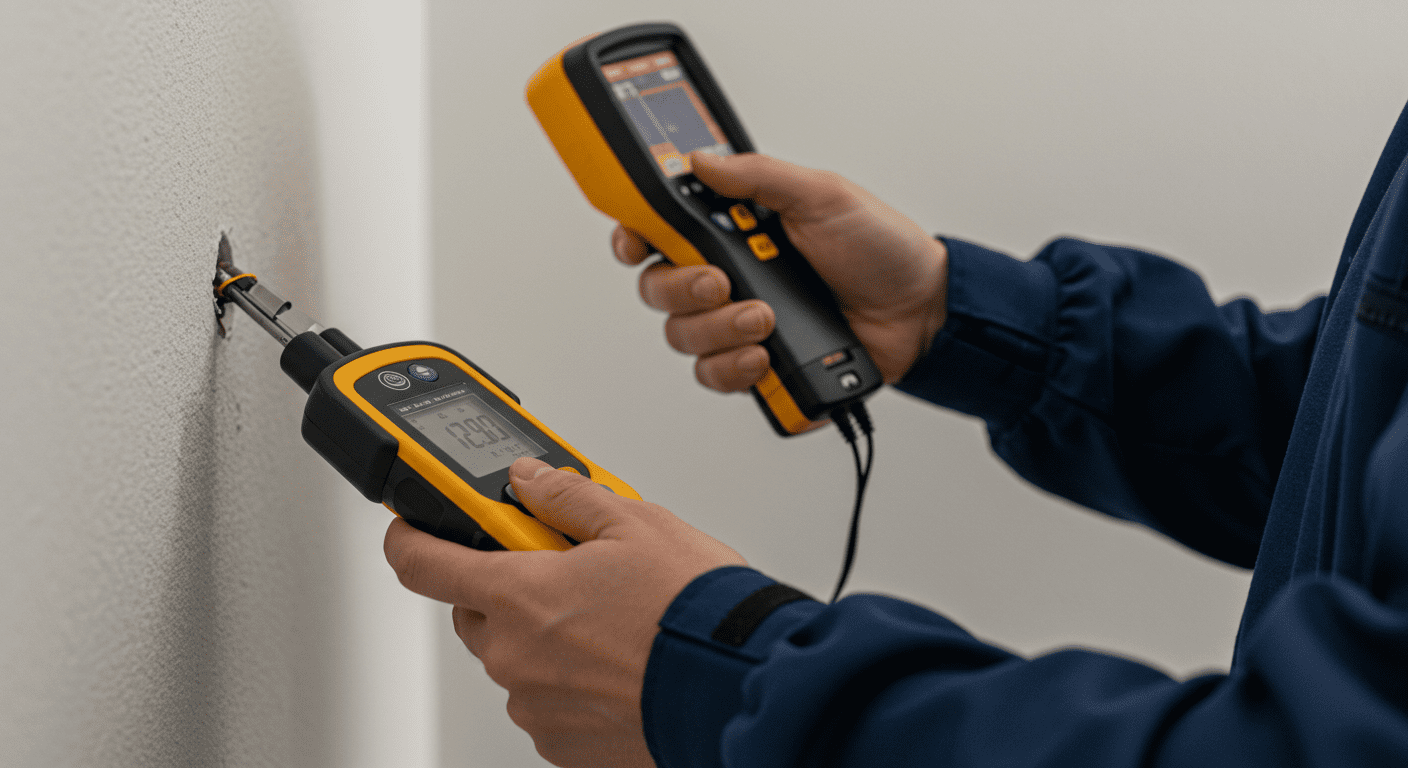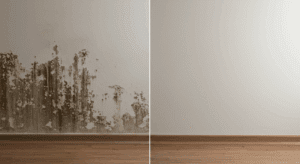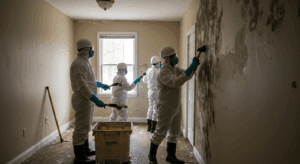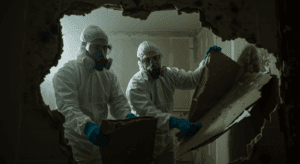Water damage can be a homeowner’s nightmare, but the aftermath often brings an even bigger concern: mold growth. Mold thrives in damp environments, and if left unchecked, it can cause significant health risks and property damage. This guide will walk you through everything you need to know about mold inspection after water damage, ensuring your home remains safe and healthy.
Understanding Mold Growth After Water Damage
Mold growth is a natural process that occurs when moisture and organic materials combine under the right conditions. After water damage, areas like walls, ceilings, carpets, and furniture become breeding grounds for mold due to the trapped moisture. Mold spores, which are present in the air, settle and grow rapidly in these damp environments.
The health risks associated with mold exposure are serious. Mold can trigger allergies, asthma, and other respiratory issues, especially in children, the elderly, and individuals with weakened immune systems. Prolonged exposure can also lead to chronic sinus infections and skin irritation. This makes timely mold inspection and remediation crucial after any water damage incident.
Signs of Mold Presence
Visible Indicators
One of the most obvious signs of mold is its appearance. Mold can manifest as black, green, or white spots on walls, ceilings, and other surfaces. It often grows in corners, behind furniture, or in areas with poor ventilation. If you notice discoloration or fuzzy patches on surfaces, it’s a clear indication that mold is present.
Odor Detection
Another telltale sign of mold is a musty, earthy smell. This odor is caused by microbial volatile organic compounds (MVOCs) released during mold growth. If your home has a persistent musty smell, especially in areas affected by water damage, it’s essential to investigate further for hidden mold.
Steps for Mold Inspection
DIY Inspection Techniques
For minor water damage incidents, you can start with a DIY mold inspection. Begin by visually inspecting areas prone to moisture, such as basements, bathrooms, and attics. Use a flashlight to check dark corners and behind furniture. Moisture meters and infrared cameras can also help detect hidden dampness, which may indicate mold growth.
Additionally, pay attention to any health symptoms like allergies or respiratory issues that worsen indoors. These could be signs of mold presence. However, DIY inspections have limitations, especially for hidden mold or extensive water damage.
When to Hire a Professional
In cases of severe water damage or when mold is suspected but not visible, hiring a professional mold inspector is essential. Certified inspectors use advanced tools like air quality monitors and thermal imaging to detect mold in hidden areas. They also provide detailed reports and remediation plans.
Professional inspections are particularly important if you plan to file an insurance claim for mold damage. A documented inspection report can support your claim and ensure proper coverage. Learn more about expert mold containment services.
Preventing Mold Growth
Immediate Actions Post-Water Damage
The first 24-48 hours after water damage are critical for preventing mold growth. Start by removing standing water and drying the affected areas using fans and dehumidifiers. Discard water-damaged items like carpets and upholstery that cannot be dried thoroughly.
Ensure proper ventilation by opening windows and doors to allow air circulation. If possible, use a wet/dry vacuum to remove excess moisture from floors and surfaces. These immediate actions can significantly reduce the risk of mold growth.
Long-term Prevention Strategies
To prevent mold growth in the long term, maintain a low indoor humidity level (ideally below 50%). Use dehumidifiers in damp areas like basements and bathrooms. Regularly inspect and repair leaks in roofs, pipes, and appliances to prevent water intrusion.
Proper ventilation is also key. Install exhaust fans in kitchens and bathrooms to reduce moisture buildup. Additionally, consider using mold-resistant paints and materials in areas prone to dampness. Explore expert mold removal solutions for long-term protection.
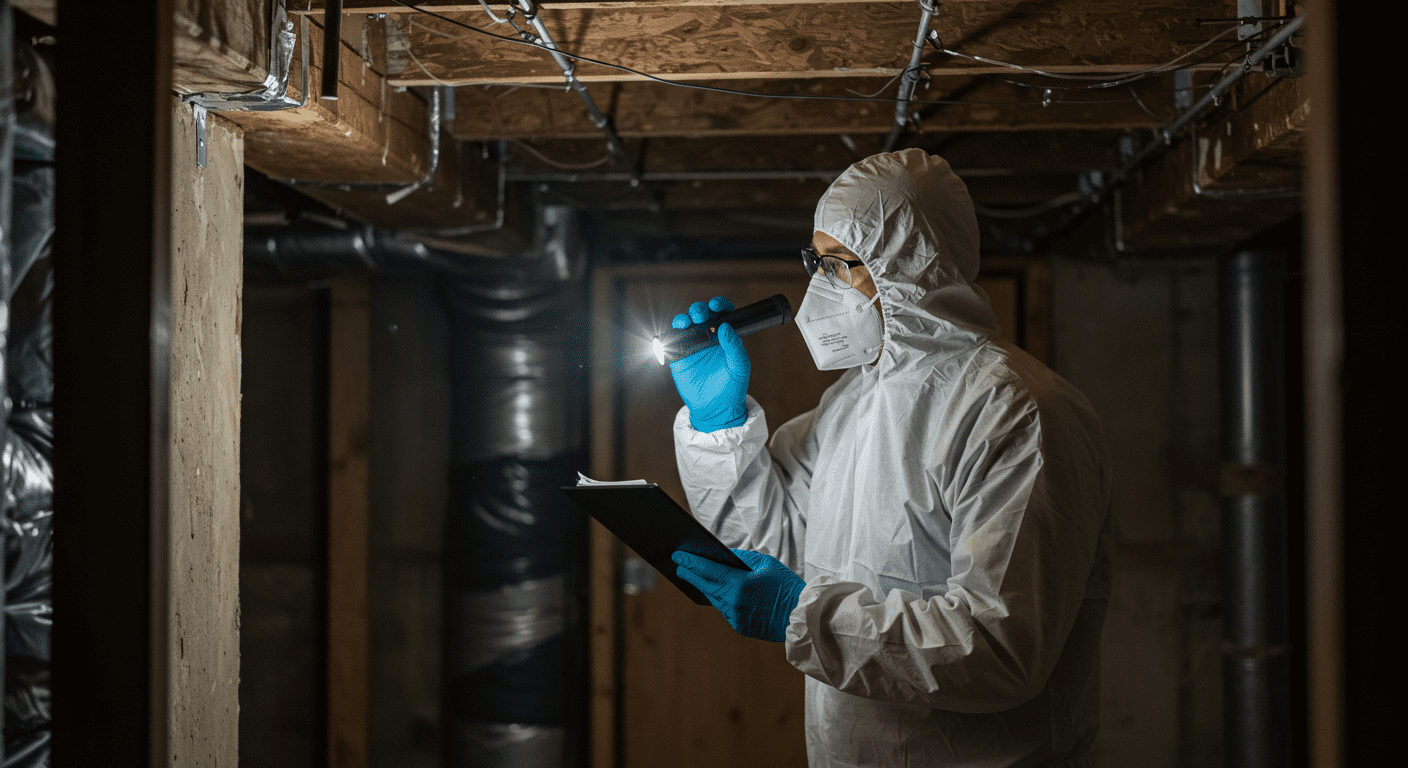
By following these guidelines, you can effectively manage mold inspection and prevention after water damage. Protecting your home and health from mold is not just about addressing visible signs but also taking proactive measures to prevent its growth. If you’re dealing with extensive water damage or suspect hidden mold, don’t hesitate to seek professional help. Find top black mold specialists near you for comprehensive remediation services.
